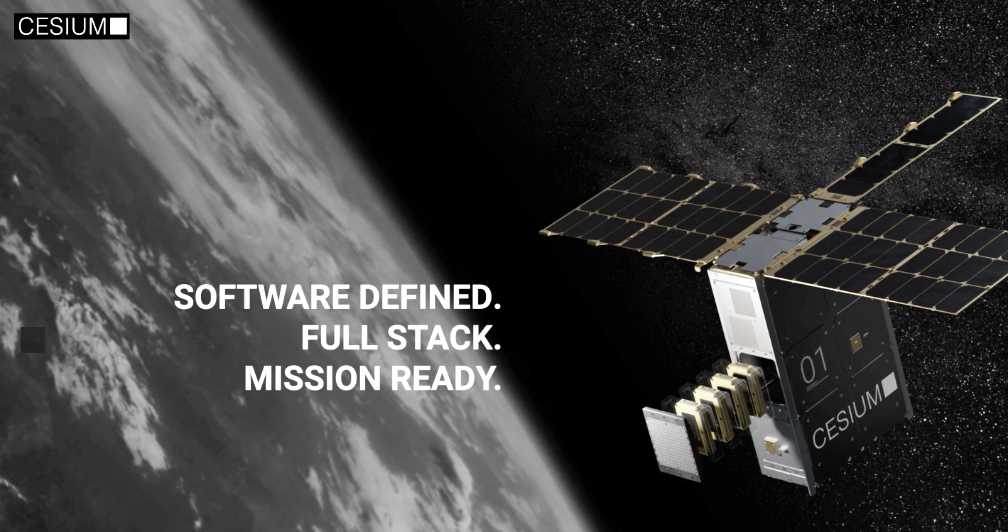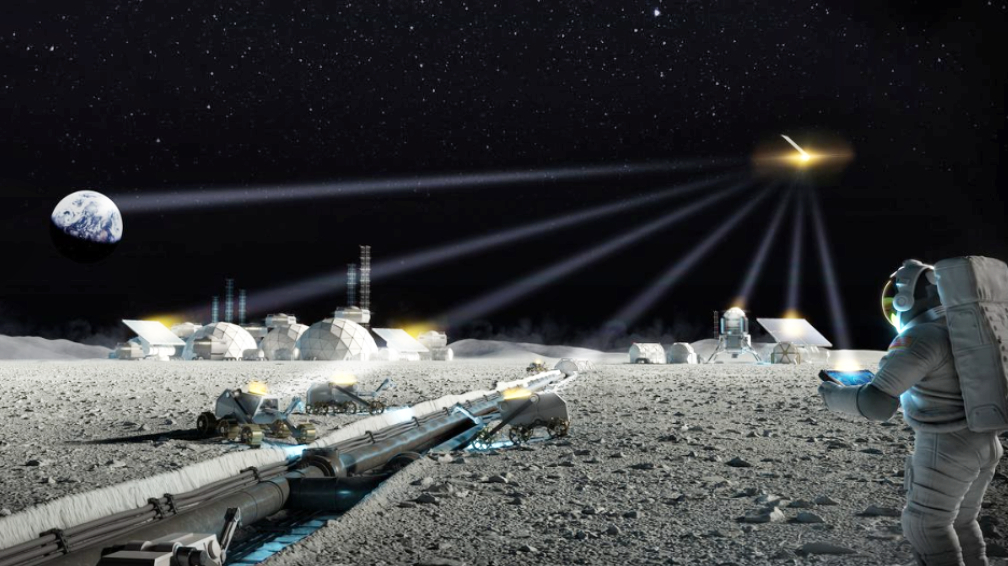
CesiumAstro, Inc., with support from NASA, is accelerating radio frequency (RF) active phased array antenna development enabling dual function communications and sensing for lunar and cislunar applications across common Ka-band, TDRS (Tracking and Data Relay Satellite) and 5G mmWave frequency bands

High-performance communication links for lunar and deep space missions are essential to large scale lunar infrastructure and operations. Core factors to delivering this step change in lunar exploration and development include mass manufacturability and software-defined capabilities which serve as the cornerstones of CesiumAstro’s modular ecosystem, readily suited to a wide range of mission scenarios using the company’s unique modular building block approach to build and deploy communications systems.
Leveraging CesiumAstro’s existing phased array communication hardware and development roadmap, the company will demonstrate the next generation of its Nightingale active phased array antenna as part of a Phase II NASA SBIR contract recently awarded by the agency as a follow-on to a Phase I NASA SBIR contract supporting its conceptual design. The second generation, dual function active phased array enables both communication and sensing from a single flat panel with no moving parts or deployable structures. Comprised of the latest semiconductor technology and mass manufacturing approaches, the new CesiumAstro antenna will provide the most cost-effective flat panel antenna array solution available for higher radiation lunar environments.
More broadly, CesiumAstro’s next generation phased array will also support a wide range of civil, commercial, and defense missions which require low SWaP (size, weight, and power), high data rate communications. Missions include ground links for smallsats, dedicated high throughput communication links for larger satellites, and radar sensing payloads for orbital servicing and space situational awareness. Additionally, UAVs are a prime target for technology transition as SWaP is critical and a dual-function payload has direct application supporting communications and navigation.
Additional NASA programs that have adopted CesiumAstro’s technology include NASA Ames Research Center’s Starling program and NASA Glenn Research Center’s SKOUT program. Future NASA applications benefiting from CesiumAstro technology include communications and radar ranging systems for lunar landers, satellites, and space stations to provide a dedicated communications link for lunar rovers and habitats, very-high-throughput communications for lunar communication relay satellites, and space situational awareness capability.
“CesiumAstro is building affordable, scalable antenna solutions that will form the backbone of a robust lunar communications infrastructure,” said Shey Sabripour, Founder and CEO of CesiumAstro. “Reliable communications are a requirement for developing a long-term sustainable presence on the moon.”
